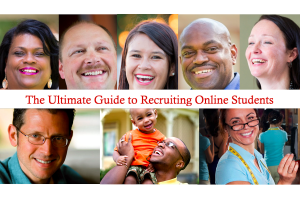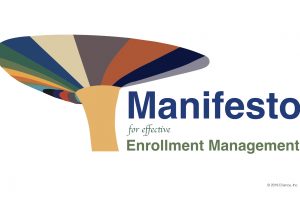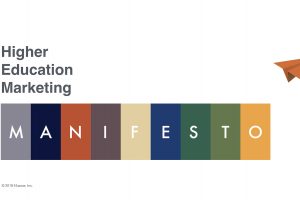
This playbook, born out of 30 years of experience helping college and university enrollment officers, is designed to Increase and grow transfer student recruitment.


This playbook, born out of 30 years of experience helping college and university enrollment officers, is designed to Increase and grow transfer student recruitment.

To combat shrinkage in college-bound high school students, higher education enrollment marketing professionals are developing strategies for winning an outsized share of the online, adult, graduate and international student markets. In other blog posts, I’ve shared our playbooks for increasing and significantly growing adult, graduate and international students enrollment. In this blog post, I’ll address strategies for recruiting online students. […]

With strained budgets, weakened endowments and the anticipated demographic cliff the college bound undergraduates are beginning to shrink. Colleges are developing strategies for winning an outsized share of a shrinking undergraduate market. Our higher education marketing and enrollment clients have started asking us to prepare a playbook for successfully recruiting and growing undergraduate student enrollment. […]

With strained budgets, weakened endowments and the anticipated demographic cliff when college bound undergraduates will begin to shrink, colleges are eyeing international students from emerging economies. With over one million international students heading to the US in 2023, the race is on to attract the brightest and most financially well-off international students. Our clients have […]

To recruit graduate students and grow graduate enrollment successfully, universities must deploy a balance of marketing air-game and boots-on-the-ground game.

In serving over 100 colleges and universities, we’ve learned that it takes a coordinated effort on three mutually enhancing fronts to create enrollment success: To help new vice presidents of enrollment succeed in their new consequential roles, we’ve distilled our key learnings and developed the following checklist: 1. Key Strategy Questions What’s our unique position […]

The Covid pandemic has changed the landscape of enrollment management. Counselors aren’t able to travel to schools and meet prospective applicants face to face. Many students aren’t visiting colleges and aren’t able to take SAT and ACT tests. So how does a college enroll students in the absence of travel, the ability to purchase College […]

In 2020, higher education marketers are battling to win an outsized share of a shrinking pool of domestic and international students. Future students are expected to be more racially and ethnically diverse than ever before. Increased marketing funding by for-profit colleges and some large public universities has unleashed a marketing arms race. Workforce preparation for […]

This manifesto for effective enrollment management is a distillation of our key learnings from our team serving more than 100 colleges and universities in the last 25 years.

This manifesto for effective higher education marketing is a distillation of our key learnings from our team serving more than 100 colleges and universities in the last 25 years.